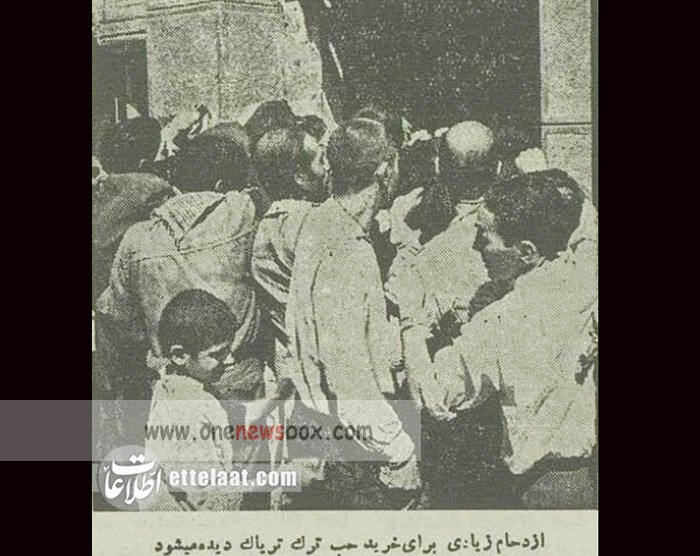By the mid-20th century, Iran found itself at a crossroads. Mohammad Reza Shah, who ascended the throne after his father’s abdication in 1941, faced pressure from both domestic reformers and international organizations to control narcotics. However, opium remained deeply rooted in society, and the government adopted contradictory policies—sometimes cracking down, sometimes regulating, and at times, even supplying opium directly.
In September 1955, newspapers and radio broadcasts reported that the government itself was supplying opium to two official locations in Tehran. This policy, justified as a way to control distribution and prevent criminal monopolies, was controversial. Reformist voices argued that it encouraged addiction, while others defended it as a pragmatic solution in a country where thousands depended on the drug.
At the same time, a wave of attacks targeted dispensaries. Some of these attacks were linked to rival criminal gangs, while others were reportedly organized by police and reform-minded citizens seeking to cleanse neighborhoods of pacharagh. Media coverage of these incidents amplified public debate, making the issue of opium and dispensaries one of the most discussed topics of the season.

